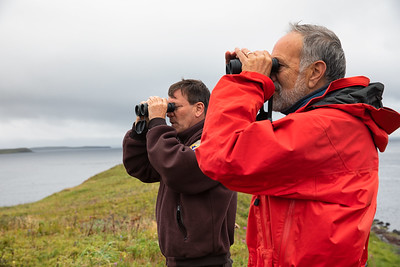Tuesday, October 17, 5-6 pm AKDT, Randall Friendly, Waterfowl Biologist
This presentation was recorded; watch recording below.
- Bethel – Randall, Yukon Delta National Wildlife Refuge Waterfowl Biologist, will be speaking live at the Refuge Visitor Center (across from the hospital) with potluck to follow. Bring your favorite dish to share.
- Homer – Watch Party with snacks at Alaska Maritime’s Islands & Ocean Visitor Center
- Soldotna – Watch Party at Kenai Refuge Visitor Center on Ski Hill Road
- Kodiak – Watch Party at Kodiak Refuge Visitor Center
The vast, watery Yukon Delta Refuge nestles between Alaska’s largest rivers, the Yukon and the Kuskokwim Rivers, where the tundra meets the Bering Sea. At 19 million acres, Yukon Delta has edged out the Arctic Refuge as the largest wildlife refuge in the country. Its diversity of habitats supports one of the largest aggregations of waterbirds in the world. Presenter Randall Friendly was raised on this land, went off to college and has recently returned as waterfowl biologist for the Yukon Delta Refuge. Let him show you his homeland and hear from him why waterfowl has so inspired him. He will talk about how and why the refuge manages waterfowl from banding programs with Cackling geese and Brant and capture-mark-recapture with Emperor geese.
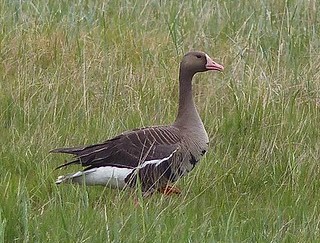 Greater White-fronted Goose, Kigigak Island, Yukon Delta National Wildlife Refuge pc: Kristine Sowl, USFWS
Greater White-fronted Goose, Kigigak Island, Yukon Delta National Wildlife Refuge pc: Kristine Sowl, USFWS
Biography by Randall Friendly: I am from Tuntutuliak a Yupik village of about 800 people. It is located along the Kuskokwim River on the Yukon Delta National Wildlife Refuge in western Alaska about 40 miles downriver from Bethel, the largest town on the Delta. I grew up with a subsistence lifestyle of hunting and fishing with my family. I found out I wanted to work with ducks and geese after my first season working as a technician for the US Fish and Wildlife Service working in remote places on the Yukon Delta. I saw how incredible it was to see the diversity of nesting birds like on Kigigak Island. Since then, I decided one day I wanted to continue working with waterfowl and learn more about them. With mentoring by ANSEP (Alaska Native Science & Engineering Program) I studied for my Bachelor’s at the University of Alaska Anchorage in biology. I completed my Master’s from the University of Alaska Fairbanks this summer in wildlife biology. My thesis was on threatened Spectacled Eiders and how their wintering conditions affect reproduction. While in college, I had a chance to work on Kodiak, and Arctic Refuges as well as Yukon Delta. What I like most about my job is that I get to work with amazing people who are enthusiastic about wildlife and that I get to work outside of the office environment.
I recently moved to Bethel to work full time for the Yukon Delta Refuge as a waterfowl biologist. I have been enjoying some family time after being away for college for quite some time. I like to spend time outdoors whether it is fishing, hunting, or gathering. Having moved to Bethel, I am looking forward to the opportunities to enjoy the outdoors with family and friends.
Read an interview with Randall about how the ANSEP program welcomed a boy from the village and helped him realize his dreams. And hear from Randall in this podcast about his hopes for his work, a chance to inspire others and his masters work on spectacled eiders.
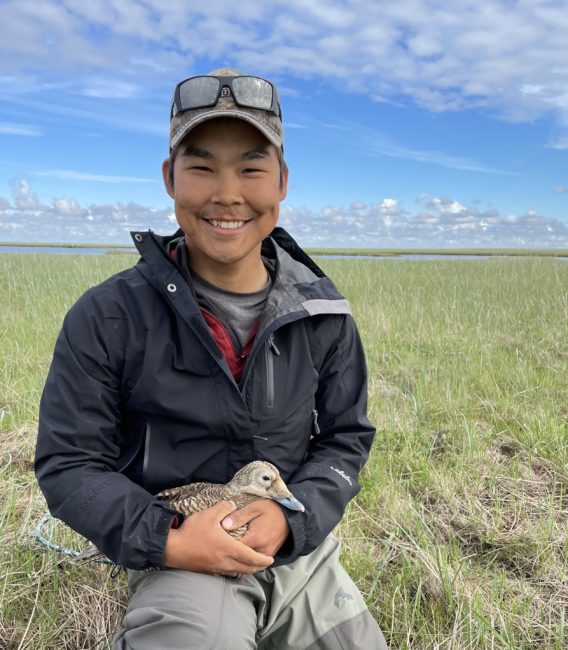

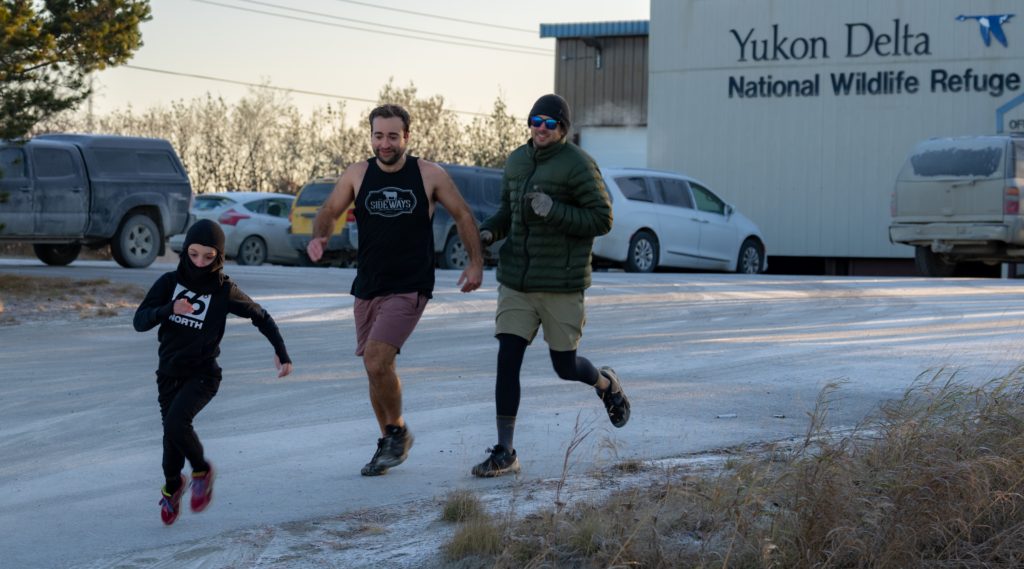
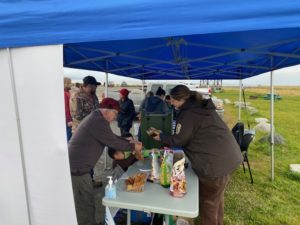


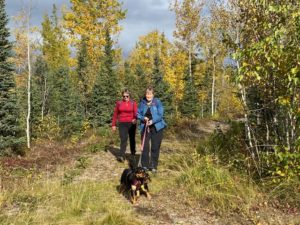

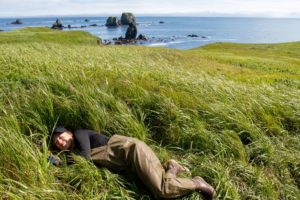
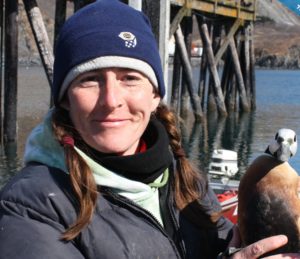
 Katie Stoner is an Oregon State University PhD student working in collaboration with Kodiak Refuge for her dissertation research assessing the conservation status and threats to Tufted and Horned Puffins breeding in the Kodiak Archipelago within the Gulf of Alaska. She developed a passion for wildlife and birdwatching while attending summer camps with the Audubon Society of Portland in her hometown of Portland, Oregon. She earned her Bachelor of Science degree in Wildlife Biology and Natural Resource Ecology from the University of Vermont. During her undergraduate degree, she had the opportunity to volunteer for Kodiak National Wildlife Refuge on the refuge’s Kittlitz’s Murrelet Nesting Ecology Project, and she used data from her fieldwork on this project to complete her undergraduate thesis.
Katie Stoner is an Oregon State University PhD student working in collaboration with Kodiak Refuge for her dissertation research assessing the conservation status and threats to Tufted and Horned Puffins breeding in the Kodiak Archipelago within the Gulf of Alaska. She developed a passion for wildlife and birdwatching while attending summer camps with the Audubon Society of Portland in her hometown of Portland, Oregon. She earned her Bachelor of Science degree in Wildlife Biology and Natural Resource Ecology from the University of Vermont. During her undergraduate degree, she had the opportunity to volunteer for Kodiak National Wildlife Refuge on the refuge’s Kittlitz’s Murrelet Nesting Ecology Project, and she used data from her fieldwork on this project to complete her undergraduate thesis. 
